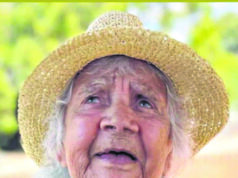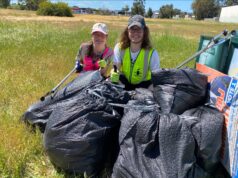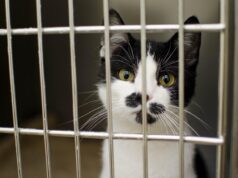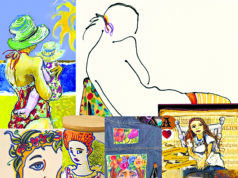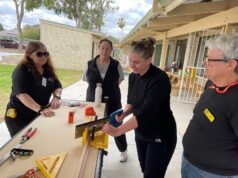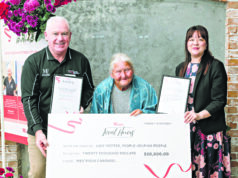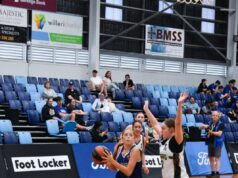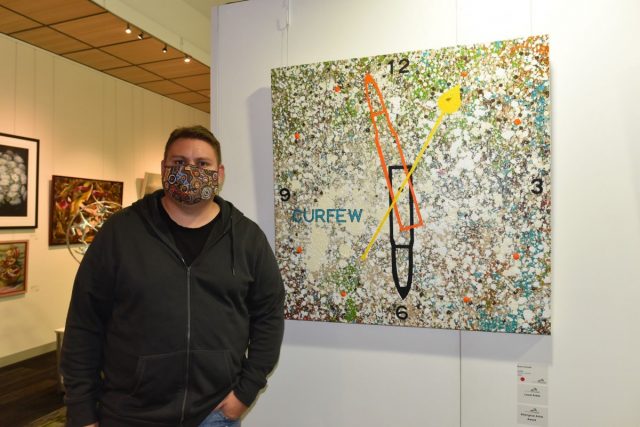
With their mesmerising patterns, earthy tones and Dreamtime narratives, it’s little wonder that Aboriginal art and crafts are displayed on walls in homes right across the world.
While much of the allure of buying your own piece of Aboriginal artwork is knowing it has been created by an Aboriginal person, a new report demonstrates why there’s a good chance this may not be the case.
During its investigation of the $250 million a year industry, the Productivity Commission found as many as two-in-three Indigenous-style souvenirs are inauthentic, with no connection to Aboriginal people. Not only can inauthentic products mislead consumers, they also deprive Aboriginal artists of income and disrespect cultures.
To Aboriginal artist Rohin Kickett, it’s no surprise.
In May, Mr Kickett ran a seminar ‘Cultural Appropriation vs Appreciation’, and he said that while there were many types of appropriation, the tourist industry was one of the most damaging.
“This is a huge issue for Aboriginal artists,” he said.
“The touristy-souvenirs, that brings in most of the money and that’s not necessarily money that’s going to Aboriginal people.
“In tourist shops you can clearly see that it’s been created in a different country entirely, because the story they’re telling doesn’t make sense, and while that’s easy for people in the industry to pick up, for tourists they probably won’t realise.
“The amount of money that’s bought in from these souvenirs is huge, and there’s always this stigma on Aboriginal people that there’s this much money in the industry but we still look poor and live in poverty, it’s because the money isn’t going to Aboriginal people.”
The Productivity Commission is inviting feedback on a number of proposals, including for the mandatory labelling of inauthentic products to raise awareness and help consumers focus on authentic arts and crafts.
In the meantime, consumers looking to buy Aboriginal art and craft should know what to look for and ask the right questions to make sure they are getting the real deal.

Read the label carefully.
Terms such as ‘Aboriginal style’ or ‘Indigenous style’ may not mean the item has been produced by an Aboriginal person.
Even a photo of an Aboriginal person holding a painting, or sitting beside a work in progress, does not guarantee that the artwork has been created by them.
Although not a guarantee, certificates of authenticity do provide a written record of what you have been told you are buying, which may later help to establish whether you have been misled.
The Australian Consumer Law prohibits conduct that may be misleading or deceptive, or representations that are false or misleading.
If you think you may have been misled, contact Consumer Protection on 1300 30 40 54 or via email: consumer@dmirs.wa.gov.au
The Productivity Commission is inviting feedback on the recommendations of its draft report by Monday 29 August 2022 – head to www.pc.gov.au/inquiries.
Read more local news here.


